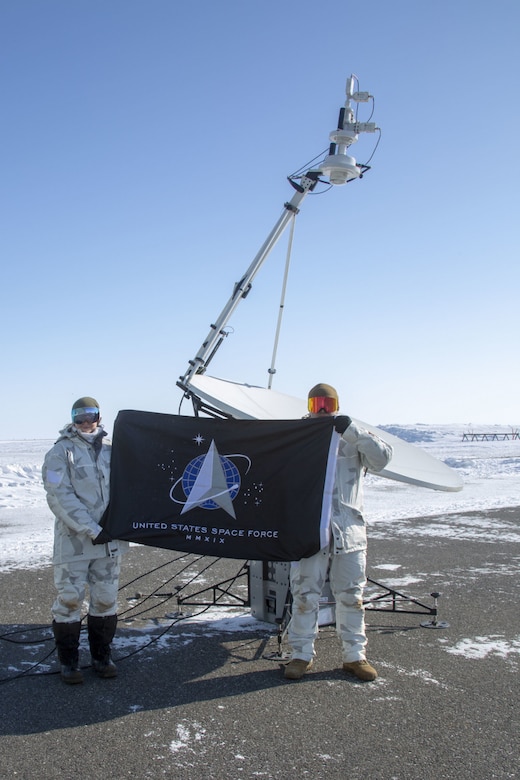May 24, 2021 | , DOD News
John D. Hill told the HASC subcommittee on strategic forces that Secretary of Defense Lloyd J. Austin III has also testified that the growth of Chinese and Russian counter space capabilities presents the most immediate and serious threats to U.S. allied and partner space activities. Additionally, ''Russia and China view space as critical to modern warfare and consider the use of counterspace capabilities as both a means of reducing U.S. military effectiveness and winning future wars,'' Hill said.

As these developments portend, the United States must be prepared for conflict to extend to, or even originate, in space, he said. But to be clear, such a conflict would not be a space war distinct from terrestrial war, but would represent ''an extension of traditional armed conflict into the space domain of human endeavor,'' Hill clarified.
The 2020 defense-based strategy addresses such challenges of deterrence and the challenges of crisis de-escalation and warfare, extending to space along four lines of effort, Hill said. The DOD is building comprehensive military advantages in space; integrating space into national joint and combined operations; shaping the strategic environment to enhance domain stability and reduce the potential for miscalculation; and enhancing space cooperation with its international partners, commercial entities and agency partners.
Supporting national security strategic guidelines, Hill noted his office also leads DOD's participation in the U.S. government space diplomatic initiative, which centers on establishing voluntary non-binding standards of responsible behavior and on exposing the disingenuous space arms control initiatives of Russia and China.

Air Force Gen. David D. Thompson, vice chief of space operations, U.S. Space Force, told Congressional members that Space Force, the newest military service, has made tremendous strides in the first year by establishing and resourcing the organizational blueprint for the service; moving aggressively in the areas of human capital, force design, acquisition, integration; and providing the foundations to establish a truly digital service — while executing its critical space missions around the clock, without fail.
The direction for the second year of the force, he said, is the integration of Space Force into the joint force, the interagency, and with U.S. allies and partners as building out the newest service continues.
''[We] have established the first field command Space Operations Command and completed the organizational design of the remaining two Space Systems Command and Space Training and Readiness Command, with the anticipated standup of those two commands later this year,'' Thompson said, noting that Space Operations Command is responsible for preparing and presenting forces to U.S. Space Command and other combatant commands.
As part of the second year's integration activities, Space Force put increasing emphasis on strengthening relationships within existing partners and establishing relationships with new partners, he said. It extends to the other services, combatant commands and allies and other international partners. ''The United States as a whole and the U.S. Space Force in particular are much stronger when these relationships are strong,'' he added.

The entire leadership of the Department of the Air Force remain committed and adamant that the pace of space acquisition must be increased, Thompson said, adding, ''Maintaining program delivery timelines of the recent past will not outpace the threat. We must go faster.''
Thompson emphasized that the Space Force will continue to smartly leverage the authorities granted by Congress and it will partner with industry and academia to leverage technology and innovation of the commercial sector.
''In my opinion, the creativity, ingenuity and innovation of the American mind is one of our greatest assets,'' the general said. ''We must leverage that fully in this endeavor. Our people, our guardians, are critical to the success of the Space Force. We are adapting new and innovative human capital and talent management approaches for both civilians and military members.''






No comments:
Post a Comment